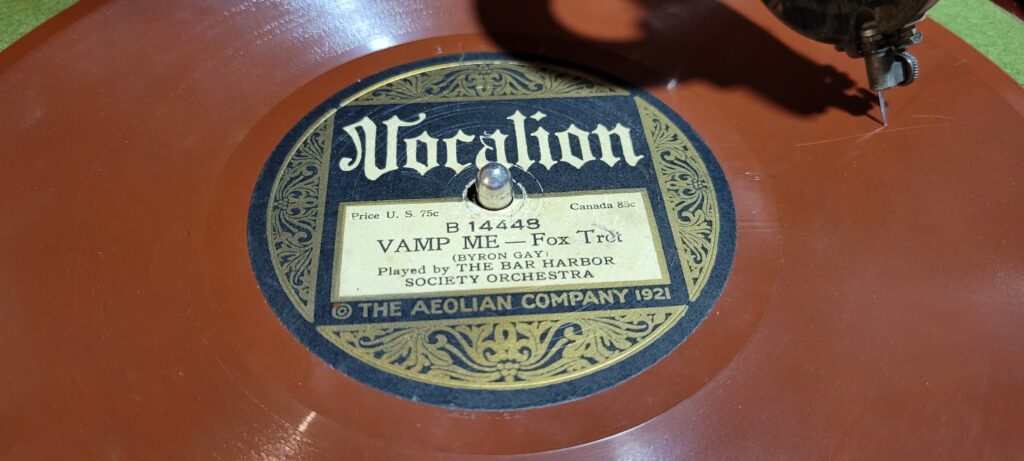Table of Contents
The Vocalion Odyssey: From Aeolian Origins to Acoustic Excellence
In the vast and intricate history of recorded music, the Vocalion record label stands as a testament to innovation, artistic exploration, and the undeniable impact of acoustic recording technology. Founded under the auspices of the Aeolian Company, a titan in the world of musical instruments and automatic musical equipment, Vocalion embarked on a journey that would see it navigate the tumultuous waters of the music industry through the early 20th century. This post delves into the rich history of Vocalion, from its inception to its role in the acoustic recording era, celebrating the artists who graced its roster and examining the label’s lasting legacy.

The story of Vocalion begins with the Aeolian Company, established in the late 19th century as a manufacturer of automated musical instruments like player pianos and organ rolls. Aeolian’s foray into the world of record labels was marked by a desire to control the entire musical experience, from instrument creation to the music itself. In 1916, Vocalion Records was born, an arm of the Aeolian-Vocalion Company, tasked with the production and distribution of phonograph records. The label’s early days were characterized by a focus on classical music and opera, catering to the tastes of a refined audience.
The period leading up to 1926 is often referred to as the “acoustic recording” era, a time when sound was captured mechanically without the use of electricity. Vocalion flourished in this era, embracing the acoustic recording process to produce records with a warmth and intimacy that electric recordings initially struggled to replicate. This period was marked by innovation and experimentation, with Vocalion at the forefront of exploring the possibilities of sound recording.
Vocalion’s artist roster read like a who’s who of early 20th-century music. The label was home to a diverse array of talents, from blues and jazz luminaries to classical musicians. One of the most significant signings was that of the legendary blues artist Robert Johnson, whose Vocalion recordings would posthumously earn him the title of “King of the Delta Blues Singers.” Other notable artists included Ethel Waters, one of the first African American women to be recorded, and jazz bandleader Fletcher Henderson, whose arrangements laid the groundwork for the swing era.
What set Vocalion apart during the acoustic era was not just its impressive artist lineup but its commitment to the quality of sound. The label’s engineers were pioneers, constantly seeking ways to improve the fidelity and clarity of their recordings. This dedication resulted in records that were celebrated for their sonic excellence, capturing the nuances of performances in a way that connected artists and listeners across the distances.
The advent of electrical recording technology in 1925 marked the beginning of the end for the acoustic era. Vocalion, like many of its contemporaries, transitioned to the new technology, which offered clearer, more dynamic sound. However, the label’s identity was deeply rooted in the acoustic tradition, and the shift brought significant changes. In 1925, the Brunswick-Balke-Collender Company acquired Vocalion, integrating it into its broader portfolio of entertainment and leisure products. This acquisition marked a new chapter for Vocalion, one that would see it diversify its musical offerings and embrace the electric recording era’s possibilities.
Though the Vocalion label underwent numerous changes, mergers, and transformations throughout its history, its legacy as a pioneer of the acoustic recording era remains undiminished. The label’s early recordings are cherished by collectors and music historians as artifacts of a bygone age, capturing a moment in time when the magic of music was etched into grooves on a spinning disc. Today, Vocalion’s catalog serves as a window into the past, offering insights into the cultural, technological, and artistic currents of the early 20th century.
